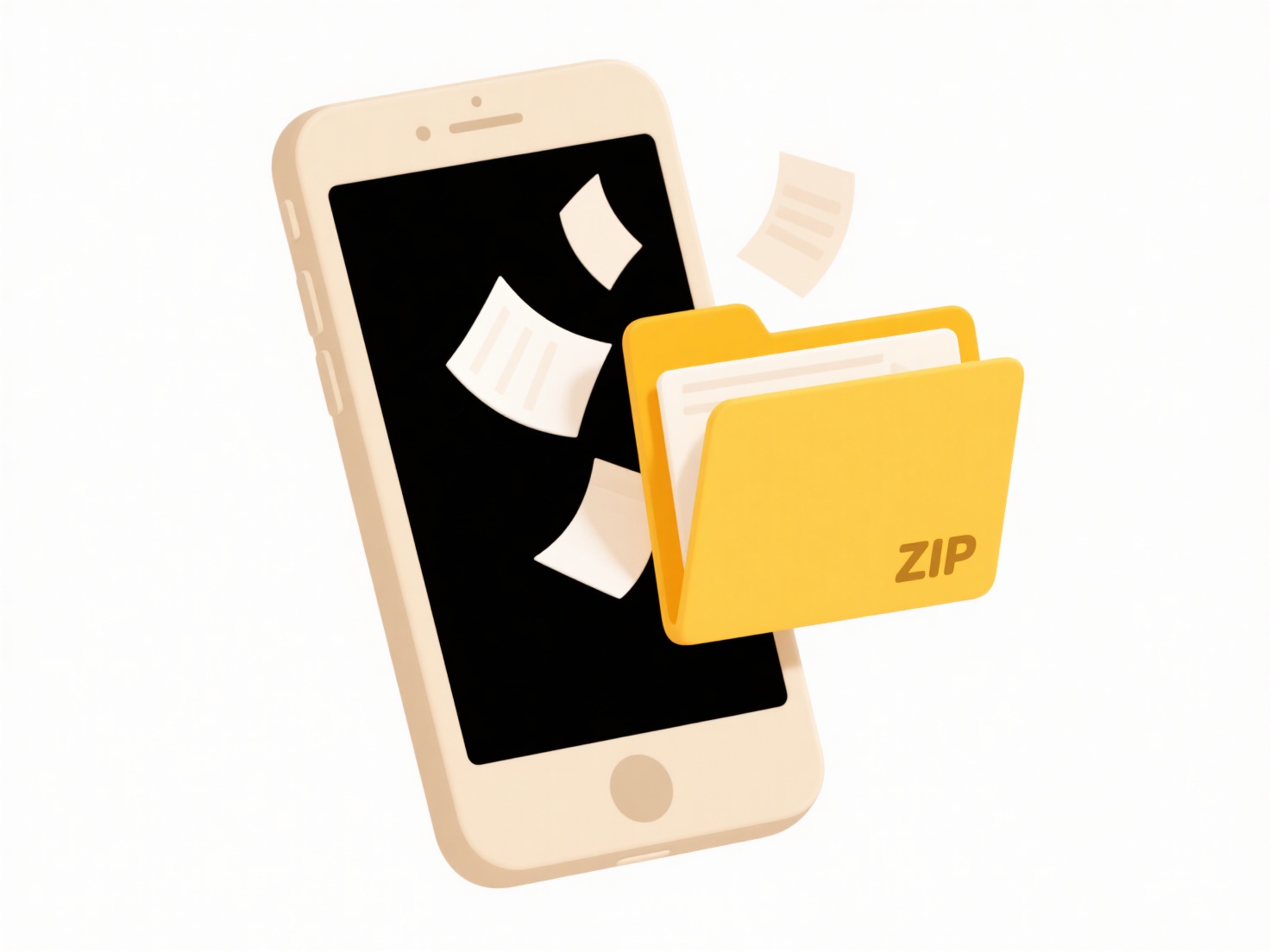
Cloud auto-save continuously saves changes made to a file directly to remote cloud storage servers without requiring manual input. Instead of saving to a local hard drive, it automatically detects edits as you work and transmits these updates over the internet to secure cloud storage. This differs significantly from traditional manual saving, which relies on the user remembering to click 'Save' and stores files primarily on the device being used.
Real-world examples include applications like Google Docs, which saves every keystroke automatically to Google's servers, preventing work loss if the browser crashes. Similarly, cloud storage services like OneDrive or Dropbox offer auto-save features for compatible desktop applications (e.g., Microsoft Office files), seamlessly syncing the latest version online as changes occur. These tools are ubiquitous in office productivity, creative industries, and education.

The major advantages are enhanced data protection against crashes or power loss, improved collaboration with access to the latest version, and peace of mind. Limitations include reliance on a stable internet connection for real-time saving and potential privacy concerns regarding sensitive data stored remotely. Future developments may focus on smarter offline handling and conflict resolution.
How does cloud auto-save work?
Cloud auto-save continuously saves changes made to a file directly to remote cloud storage servers without requiring manual input. Instead of saving to a local hard drive, it automatically detects edits as you work and transmits these updates over the internet to secure cloud storage. This differs significantly from traditional manual saving, which relies on the user remembering to click 'Save' and stores files primarily on the device being used.
Real-world examples include applications like Google Docs, which saves every keystroke automatically to Google's servers, preventing work loss if the browser crashes. Similarly, cloud storage services like OneDrive or Dropbox offer auto-save features for compatible desktop applications (e.g., Microsoft Office files), seamlessly syncing the latest version online as changes occur. These tools are ubiquitous in office productivity, creative industries, and education.

The major advantages are enhanced data protection against crashes or power loss, improved collaboration with access to the latest version, and peace of mind. Limitations include reliance on a stable internet connection for real-time saving and potential privacy concerns regarding sensitive data stored remotely. Future developments may focus on smarter offline handling and conflict resolution.
Quick Article Links
Can I create folder dashboards for tracking?
Folder dashboards provide a consolidated view of activity and status for all files within a specific folder. Unlike simp...
Can I log all file renaming actions automatically?
Automatically logging file renaming actions refers to systematically tracking and recording every instance when a file's...
Why are images or objects missing when opening the file?
When opening a file, missing images or objects typically occur because the file contains links or references to external...